
Virtualization: Turn your GNU / Linux Distro into an environment suitable for it
La Virtualization As a technological concept, it is an extensive topic, which is sometimes complex to explain, however, on other occasions it has been addressed in the Blog, quite satisfactorily.
Consequently, this publication aims to address the issue a little more towards the technical aspect of GNU Linux / BSD Operating Systems, emphasizing most of all, in those small integrated software solutions in them to carry out this work.
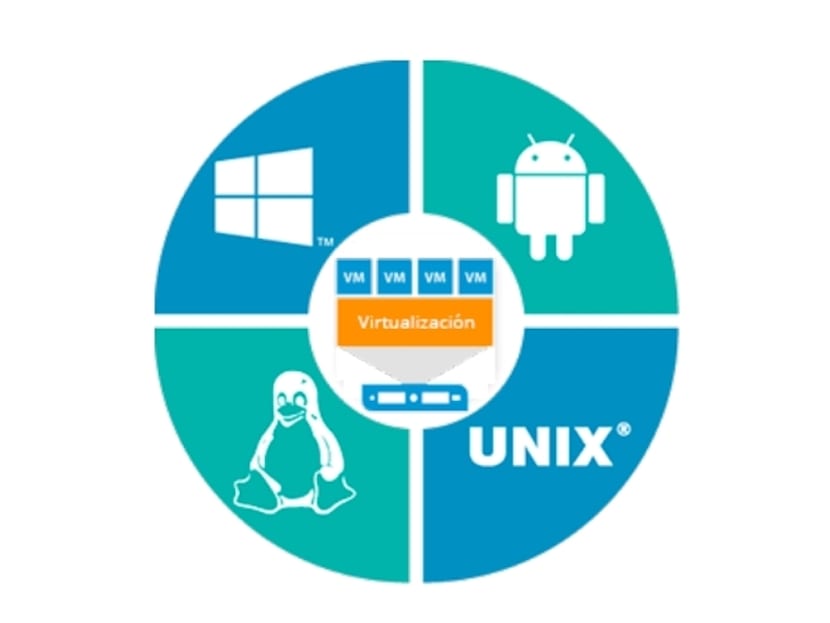
Operating Systems Virtualization: Available Technologies for 2019
What is Virtualization?
Briefly, we will cite a concept from our previous related post, so that, in case any interested party wishes after reading this publication to deepen on the subject, they have it at hand:
"The Virtualization of Operating Systems basically consists of being able to share in the same Hardware several Operating Systems working in a totally independent way, but all focus on facilitating to a greater or lesser extent the virtualization of almost any private OS (guest) or a free OS (host ), in order to test them without having a dedicated hard drive."
"All currently available technologies have different levels of difficulty in terms of their installation, configuration, use and availability and accessibility of the documentation necessary to master them."


Virtualization: Simple Applications and Packages Available
Below we will mention some of the best known and universally available and / or used applications in the GNU Linux / BSD Operating Systems, both in the personal field, that is, Distros used for private purposes (home), and in the professional field, that is, in the area of servers of organizations and companies.
It is important to note that this list will not include those virtualization technologies that come as an integrated, all-in-one or turnkey solution, such as Promox.
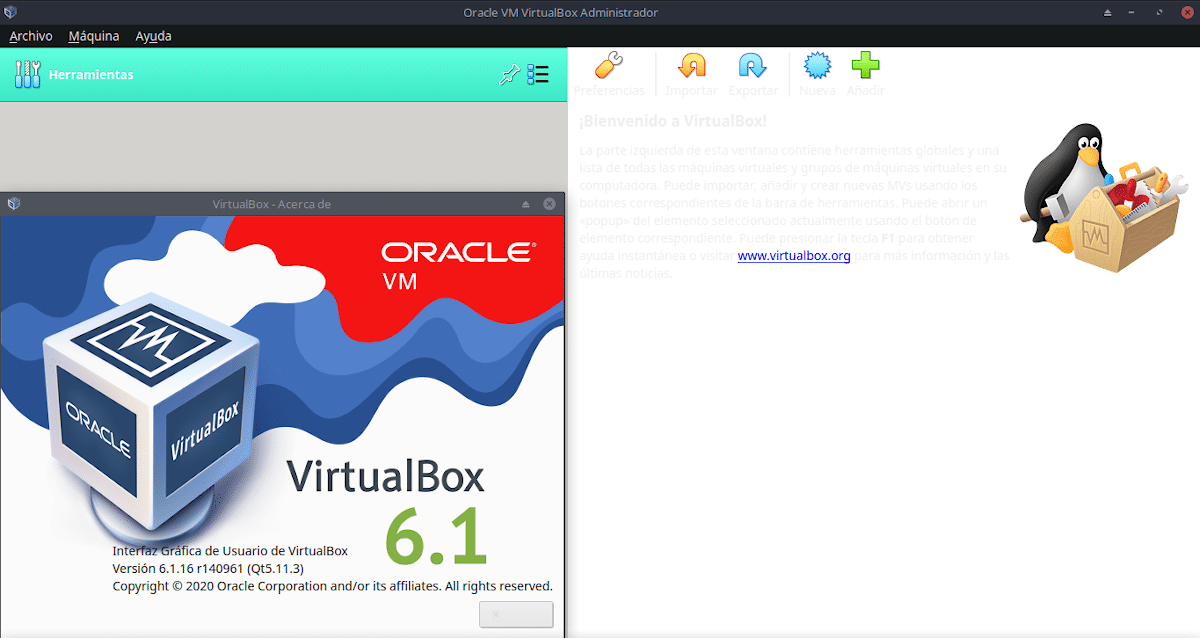
VirtualBox
Concept
VirtualBox is a Type 2 Hypervisor multiplatform, that is, it must and can only be executed (installed) on any Host (Computer) with any of the current or old versions of Operating Systems Windows, Linux, Macintosh, Solaris, OpenSolaris, OS / 2, and OpenBSD.
It has a continuous and progressive development cycle with frequent launches, which make it an excellent alternative to other similar solutions, but with a very appreciable number of features and functions, Supported guest operating systems and platforms it can run on.
Installation
In most of the GNU Linux / BSD Distro said application is included in the repositories, so, with the following command order usually installed in all of them:
«sudo apt install virtualbox»
It is worth noting for VirtualBox that, when using this application, the installation of the "Guest Additions" and "Extension Pack". Therefore, for this and other forms of installation, the ideal is to visit the following VirtualBox official link. While, to deepen on some features of VirtualBox you can visit our previous publication related to it:
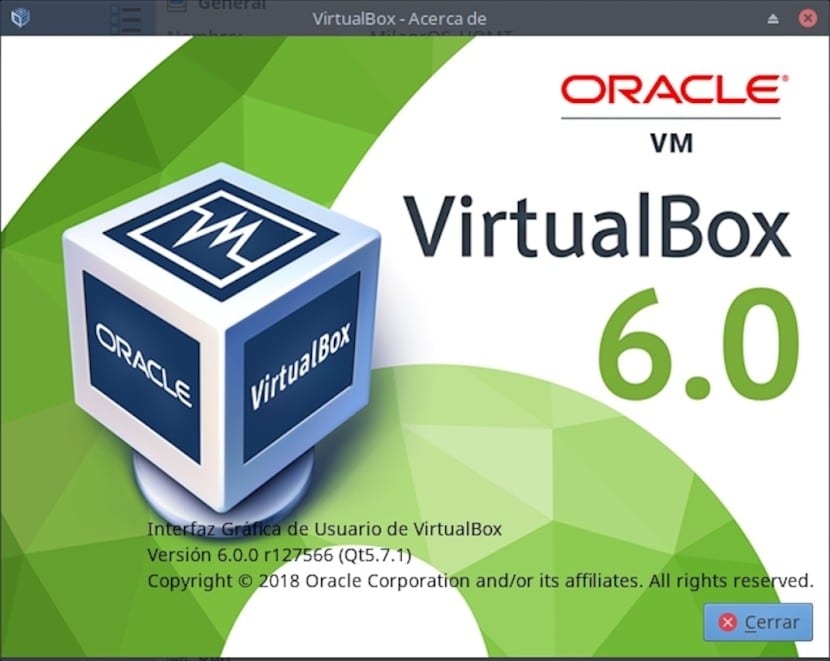
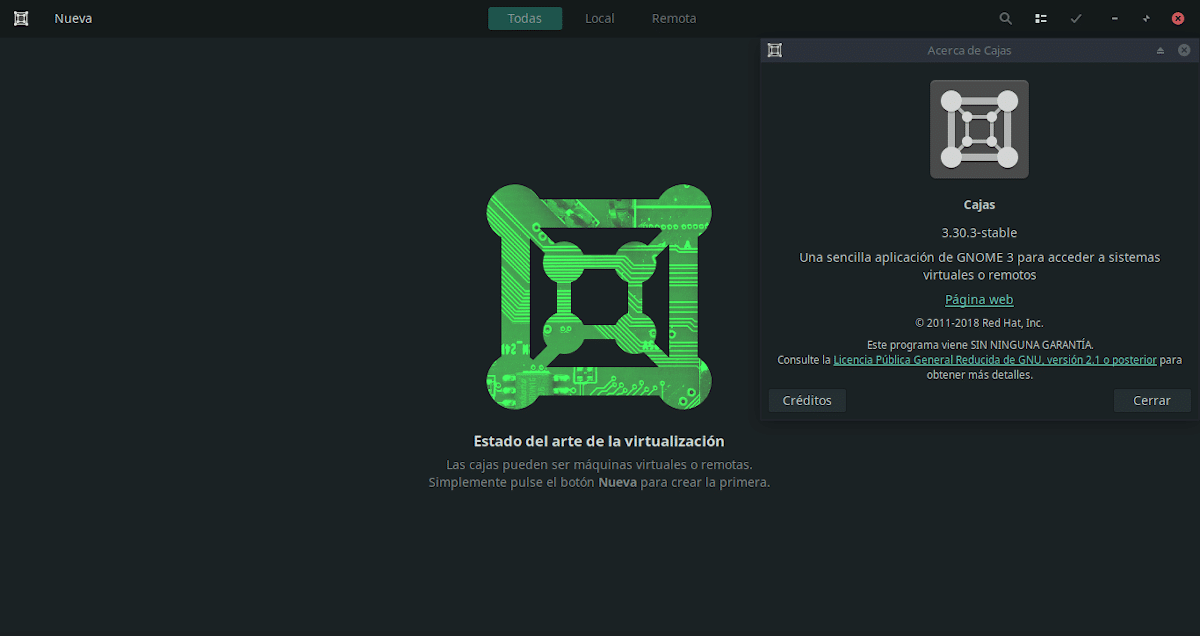
GNOME Boxes (Boxes)
Concept
GNOME Boxes is a native application of the GNOME desktop, which is used to access remote or virtual systems. Boxes or Boxes, uses the virtualization technologies of QEMU, KVM and Libvirt.
In addition, it requires that the CPU be compatible with some form of hardware-assisted virtualization (Intel VT-x, for example); Thus, GNOME Boxes does not work in CPUs with processor Intel Pentium / Celeron, since, they lack this characteristic.
Installation
In most of the GNU Linux / BSD Distro said application is included in the repositories, so, with the following command order usually installed in all of them:
«sudo apt install gnome-boxes»
It is worth highlighting for GNOME Boxes that, it is a very simple tool aimed at novice users and newcomers to the world Linux, because it does not incorporate too many configuration options that are usually well known and used in others, such as VirtualBox. To learn more about this application, the ideal is to visit the following GNOME Boxes official link. While, to deepen on it in our Blog, you can visit our previous publication related to it:
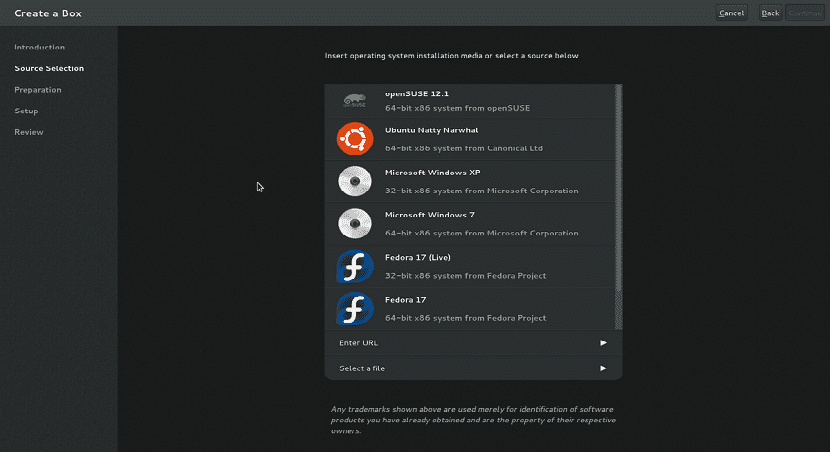
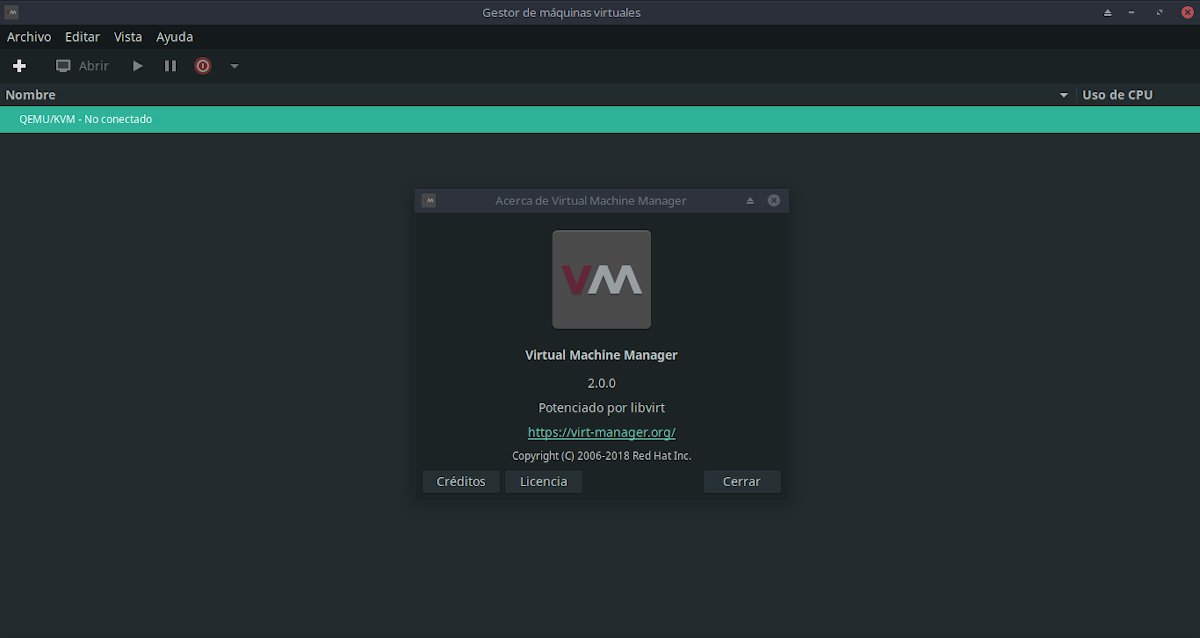
Virt Manager
Concept
Virt Manager is a desktop user interface for the administration of a Virtual Machine Manager through libvirt. It is primarily aimed at virtual machines managed by KVM, but it also handles those managed by Xen y LXC.
Virt Manager presents a summary view of running domains, their live performance, and resource utilization statistics. The wizards allow the creation of new domains, and the configuration and adjustment of the resource allocation of a domain and virtual hardware. A client viewer VNC y SPICE Integrated presents a complete graphical console for the guest domain.
Installation
In most of the GNU Linux / BSD Distro said application is included in the repositories, so, with the following command order usually installed in all of them:
«sudo apt install virt-manager»
It is worth highlighting for Virt Manager that, it is also a simple tool, although much more complete than GNOME BoxesTherefore, it can be considered for medium or advanced users of the first level, since it is easily capable of allowing the management of the entire life cycle of existing virtual machines. To learn more about this application, the ideal is to visit the following Virt-Manager official link. While, to deepen on it in our Blog, you can visit our previous publication related to it:

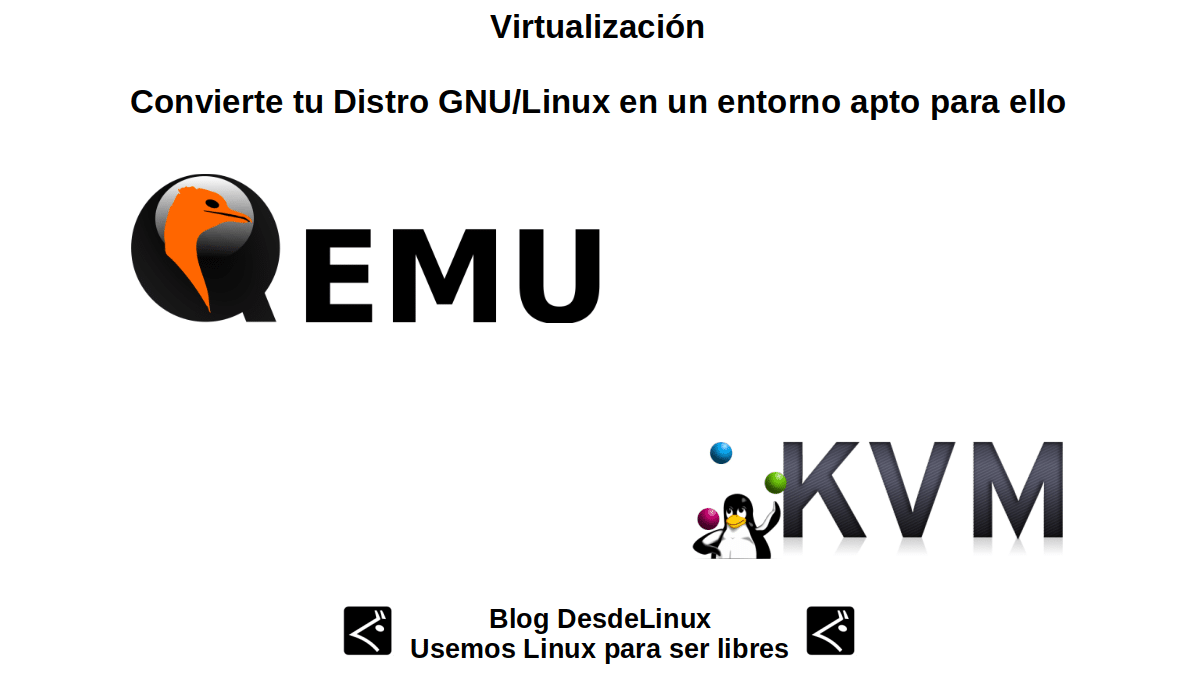
Qemu/KVM
Concept
Qemu is a generic and open source machine virtualizer and emulator, capable of running operating systems and programs made for one machine on a different machine with very good performance, and capable of achieving near-native performance by running guest code directly on the CPU from the host.
KVM is a complete virtualization solution for Linux on x86 hardware containing virtualization extensions (Intel VT or AMD-V) consisting of a loadable kernel module, which provides the core virtualization infrastructure and a specific processor module. And it currently works embedded within Qemu.
Installation
In most of the GNU Linux / BSD Distro said application is included in the repositories, so, with the following command order usually installed in all of them:
«sudo apt install qemu-kvm»
It is worth highlighting for Qemu-KVM which is also a very complete tool, since it not only emulates but also virtualizes, unlike other equally advanced ones such as wmware, which only allows virtualization. To learn more about this application, the ideal is to visit the following Qemu-KVM official link. While, to deepen on it in our Blog, you can visit our previous publication related to it:
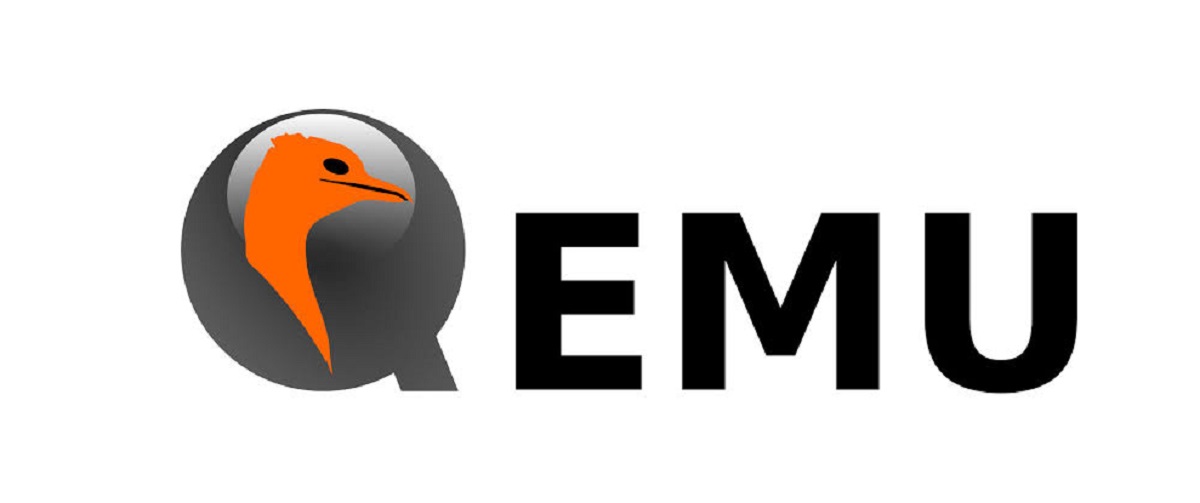
Related Libraries and Packages (dependencies)
These last 3 packages mentioned usually install other related (related) as dependencies, so, if necessary, they can install them, together with their dependencies and other necessary useful packages, executing the following command:
«sudo apt install gnome-boxes virt-manager virt-goodies virt-sandbox virt-top virt-viewer virtinst libvirt-clients libvirt-daemon libvirt-daemon-system qemu qemu-kvm qemu-utils qemu-system qemu-system-gui qemu-block-extra freerdp2-x11 bridge-utils ovirt-guest-agent systemd-container»
Others
In case you want to install other virtualization technologies available on Linux / BSD you can choose to:
Xen
Installing it with the following command command:
«sudo apt install xen-system-amd64 xen-utils-4.11 xen-tools»
LXC
Installing it with the following command command:
«sudo apt install lxc»
Docker
Installing it following our previous related post with the theme:
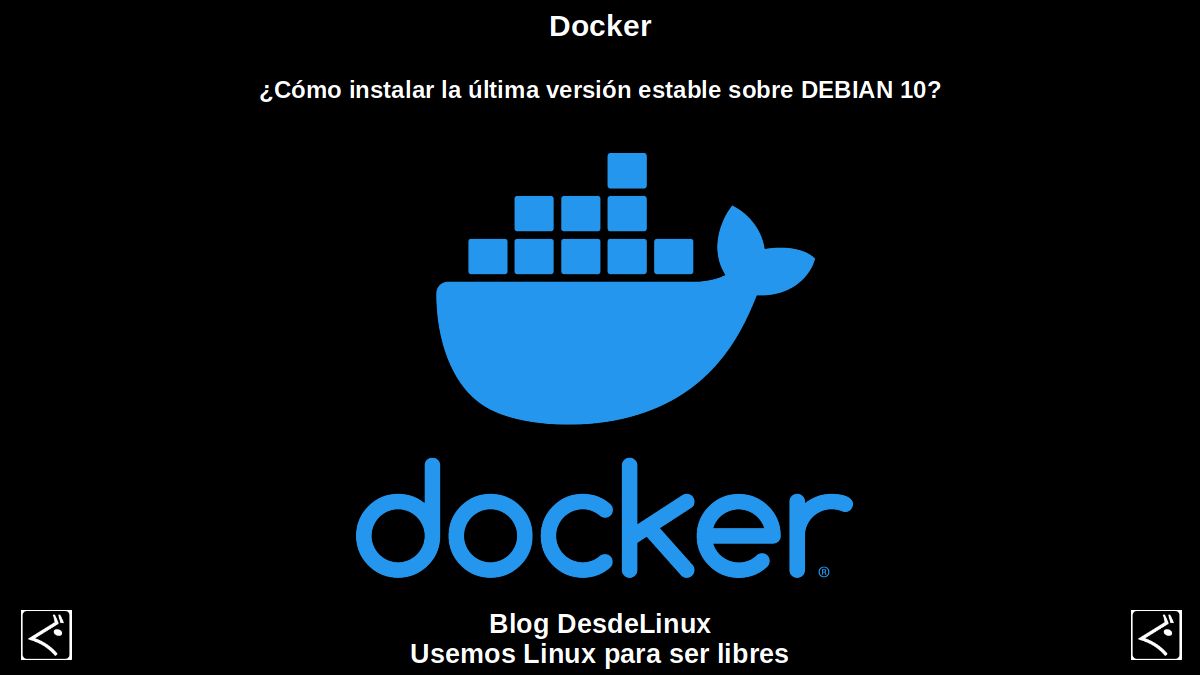
Important note
Remember that the name of all the packages mentioned here may vary slightly depending on the GNU Linux / BSD Distro used by you, so in case you don't run the installation of one, investigate the name of the correct one or equivalent in your Distro.

Conclusion
We hope this "useful little post" the «Tecnologías de virtualización» mentioned here, due to its simplicity of installation and availability over most of the GNU / Linux Distros; is of great interest and utility, for the entire «Comunidad de Software Libre y Código Abierto» and of great contribution to the diffusion of the wonderful, gigantic and growing ecosystem of applications of «GNU/Linux».
And for more information, always do not hesitate to visit any Online library as OpenLibra y jedit to read books (PDFs) on this topic or others knowledge areas. For now, if you liked this «publicación», don't stop sharing it with others, in your Favorite websites, channels, groups, or communities of social networks, preferably free and open as Mastodon, or secure and private like Telegram.
I just wanted to note that in fact Gnome Boxes does work, at least with a Celeron 3350, with the version of the application supplied by Arch Linux.
Greetings.
Greetings, Voimer. Thank you for your comment and contribute your experience regarding Gnome Boxes.
A very good alternative, which I have used, is GNU / Debian with Proxmox VE: https://pve.proxmox.com/wiki/Install_Proxmox_VE_on_Debian_Buster
Thank you very much for the article!
Greetings, José Luis. Thanks for your comment. We are very happy that it has been useful and enriching for you.